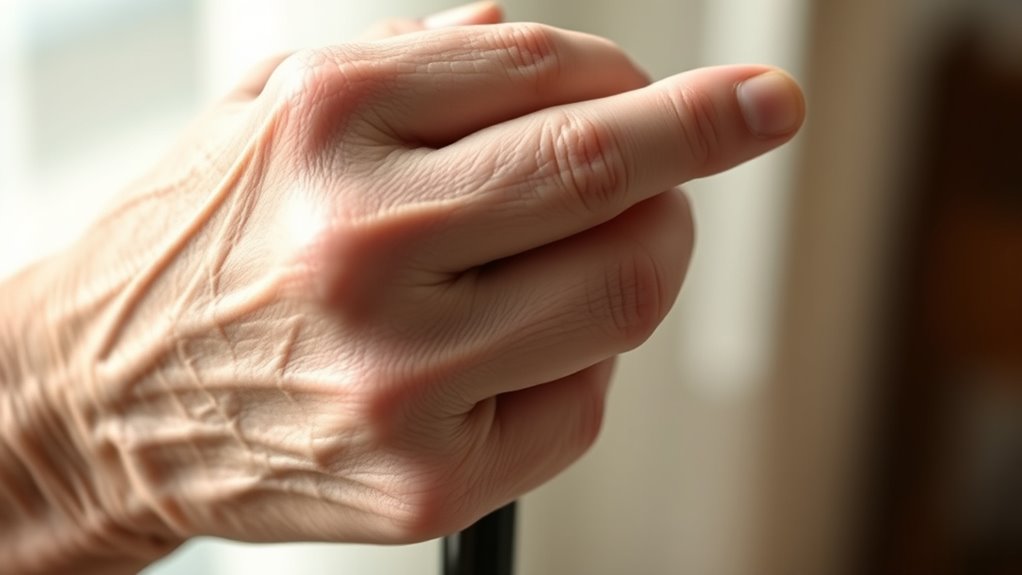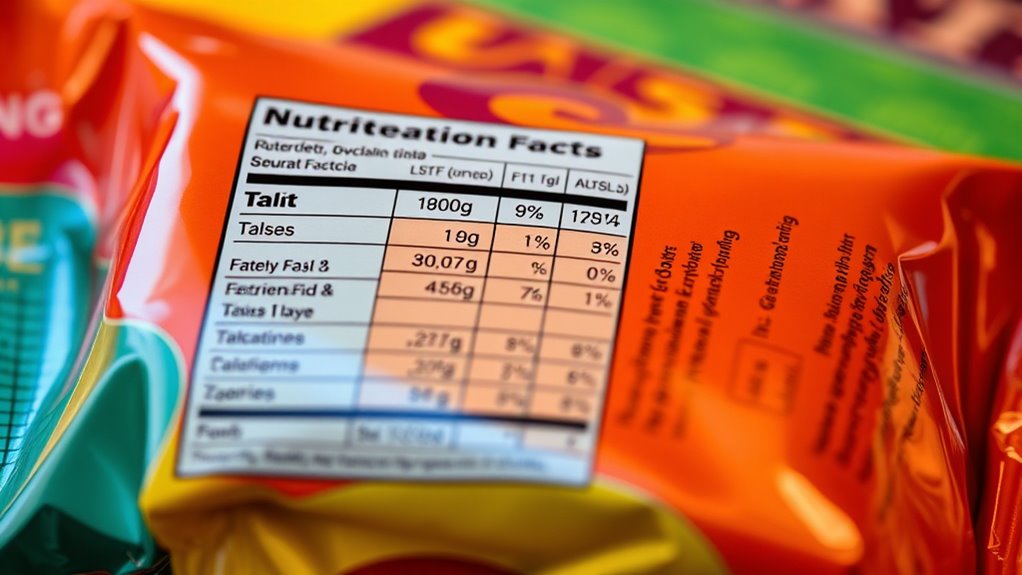Unlock the potential of gene therapy for rare diseases and discover how groundbreaking advancements may revolutionize future treatments.
The Latest
Functional Fitness: Movements for Daily Life
Unlock the benefits of functional fitness movements that improve daily life—discover how these exercises can transform your strength and confidence every day.
Frailty: Understanding and Prevention
Staying informed about frailty prevention can empower you to maintain independence and health—discover how to stay resilient as you age.
Foods That Promote or Disrupt Sleep
Uncover which foods help or hinder your sleep and learn how to optimize your diet for a restful night.
Food Packaging Chemicals and Health
Millions are unaware how food packaging chemicals may affect their health; understanding these risks is essential for safer food choices.
Food Labels: Understanding Nutritional Information
One essential guide to understanding food labels reveals how to interpret nutritional info, empowering you to make healthier choices and take control of your diet.
Food as Medicine: Integrating Nutrition Into Fitness
With a focus on whole, nutrient-dense foods, discover how integrating nutrition into your fitness routine can transform your health and…
Flooding and Waterborne Contamination
Narrowing safe water access during floods highlights the urgent need for effective prevention and response strategies to protect health.
Flexibility and Mobility Exercises for Joint Health
Maintaining joint health requires effective flexibility and mobility exercises that can transform your movement—discover how to keep your joints smooth and pain-free.
Fibromyalgia: Symptoms and Treatments
Understanding fibromyalgia’s symptoms and treatments can help you find relief and regain control over your daily life.













